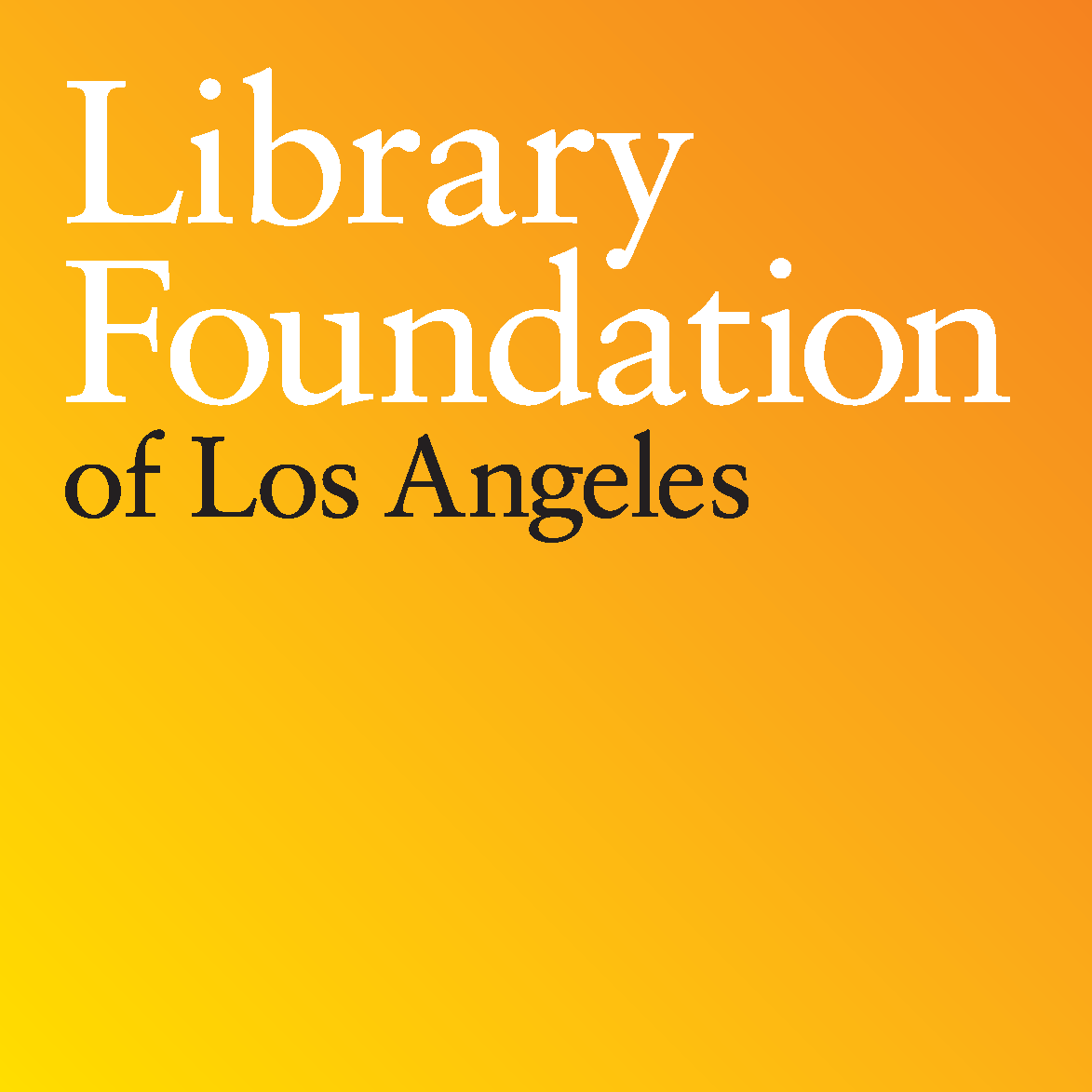With over 3 million archival photos emphasizing local and state history, the Los Angeles Public Library became one of the first public libraries to begin digitizing its images in the late 1990s. Since then, the collection available online has extensively grown to 105,087 photos through the support of the Library Foundation—with around 500 new photos added every month. From use in documentaries to evidence in court cases to museum exhibitions, people from all over the world access the online archive. Last year, an average of 800,000 images were accessed per month. We spoke to Christina Rice, senior librarian for the Los Angeles Public Library Photo Collection, about this visually stunning resource and how you can use it, too.

Surfing elephant, 1962. Surfers at Santa Monica were a little startled on April 28, 1962, to see a water-skiing elephant. Five-and-a-half-year-old Bimbo, Jr., one of the animal stars of the De Wayne Bros. Circus at Pacific Ocean Park, has the rare distinction of being the youngest elephant to perform this remarkable feat.

Mexicans returning home by train, 1932. Scene captured at Central Station, operated by Union Pacific and Southern Pacific railroads and located at 5th Street and Central Avenue in Downtown.

1972 Dodge Chinook, Rose Avenue beach parking lot, photo by Cheryl Himmelstein. After September 11, 2001, Rod, a professional magician, decided to take his magic to the Venice Boardwalk. Although Rod says the lifestyle is “very relaxing”, he is about to take his Chinook and travel around the country. “It gets 5 miles to the gallon!” he says proudly. In this photo, the green Chinook is parked next to a cluster of palm trees in a lot close to Rose Avenue; four black and white cats can be seen through the windshield, sleeping on the front dash. Photograph dated September 11, 2002.

Shore and oil field, Huntington Beach, circa 1937. Herman J. Schultheis was born in Aachen, Germany in 1900, and immigrated to the United States in the mid-1920s after obtaining a Ph.D. in mechanical and electrical engineering. He married Ethel Wisloh in 1936, and the pair moved to Los Angeles the following year. He worked in the film industry from the late 1930s to the mid-1940s, most notably on the animated features Fantasia and Pinocchio. Schultheis was an avid amateur photographer who traveled the world with his cameras. The digitized portion of this collection represents the images Schultheis took of Los Angeles and its surrounding communities after he relocated to the area in 1937.

Grief, 1968. A Los Angeles resident collapses in grief while reading the details of Martin Luther King Jr.’s assassination.

An animal show on Venice Beach in 1936. Here a little girl wearing glasses holds a toad in her hand.

Looking south on Hill Street, Ansel Adams. Around 1939, Ansel Adams was commissioned by Fortune magazine to photograph a series of images for an article covering the aviation history of the Los Angeles area. For the project, Adams took 217 photographs showing everyday life, businesses, street scenes, aerospace employees, and a variety of other subjects, but when the article, “City of Angels,” appeared in the March 1941 issue, only a few of the images were included. In the early 1960s, approximately 20 years later, Adams rediscovered all of the photographs among papers at his home in Carmel, and sent a letter of inquiry to the Los Angeles Public Library, asking if the institution would be interested in receiving the collection as a donation. In his letter, Adams expressed that, “the weather was bad over a rather long period and none of the pictures were very good” and “if they have no value whatsoever, please dispose of them in the incenerator [sic].” He went on to write that “I would imagine that they represent about $100.00 minimum value.” In response, the Los Angeles Public Library gladly accepted the gift of 135 contact prints and 217 negatives, and the staff concluded that a fair value for the collection would be $150.00.
Rice: The collection numbers over 3 million photos and we only accept donated collections, so the Foundation’s fundraising efforts have been focused on helping us organize and digitize our existing collections. More recently the Foundation and Photo Friends have successfully obtained grant funding for the following collections:

“Los Angeles County Fair,” 52nd Annual Tournament of Roses, 1941, by Herman Schultheis.
Kelly-Holiday (mid-century aerials) Collection, including photos like this:

ASI N157X airplane by Howard D. Kell, 1966.
Valley Times (post-War San Fernando Valley) Collection, including photos like this:

“Today thousands of Camp Fire Girls throughout Los Angeles will begin their once-a-year sale of chocolate covered mints and creams. They need to sell 333,761 dollar boxes in order to meet expenses.” Photo by George Brich, 1965.
How can the public access this amazing resource of images?
Rice: People from all over the world access the online archive on a regular basis. LAPL was one of the first public libraries to start digitizing its images in the late 1990s, so we now have a long track record. The online collection is accessed for a variety of reasons and our images have been used in books, documentaries, as commercial decor in stores, as evidence in court cases, for landmark nominations, on business cards, as wallpaper, as gifts, etc. It is a well used and well loved collection and we look forwarded to bringing more of it to the general public as we continue to digitize the images.
Start browsing the LAPL’s Photo Collection here!
